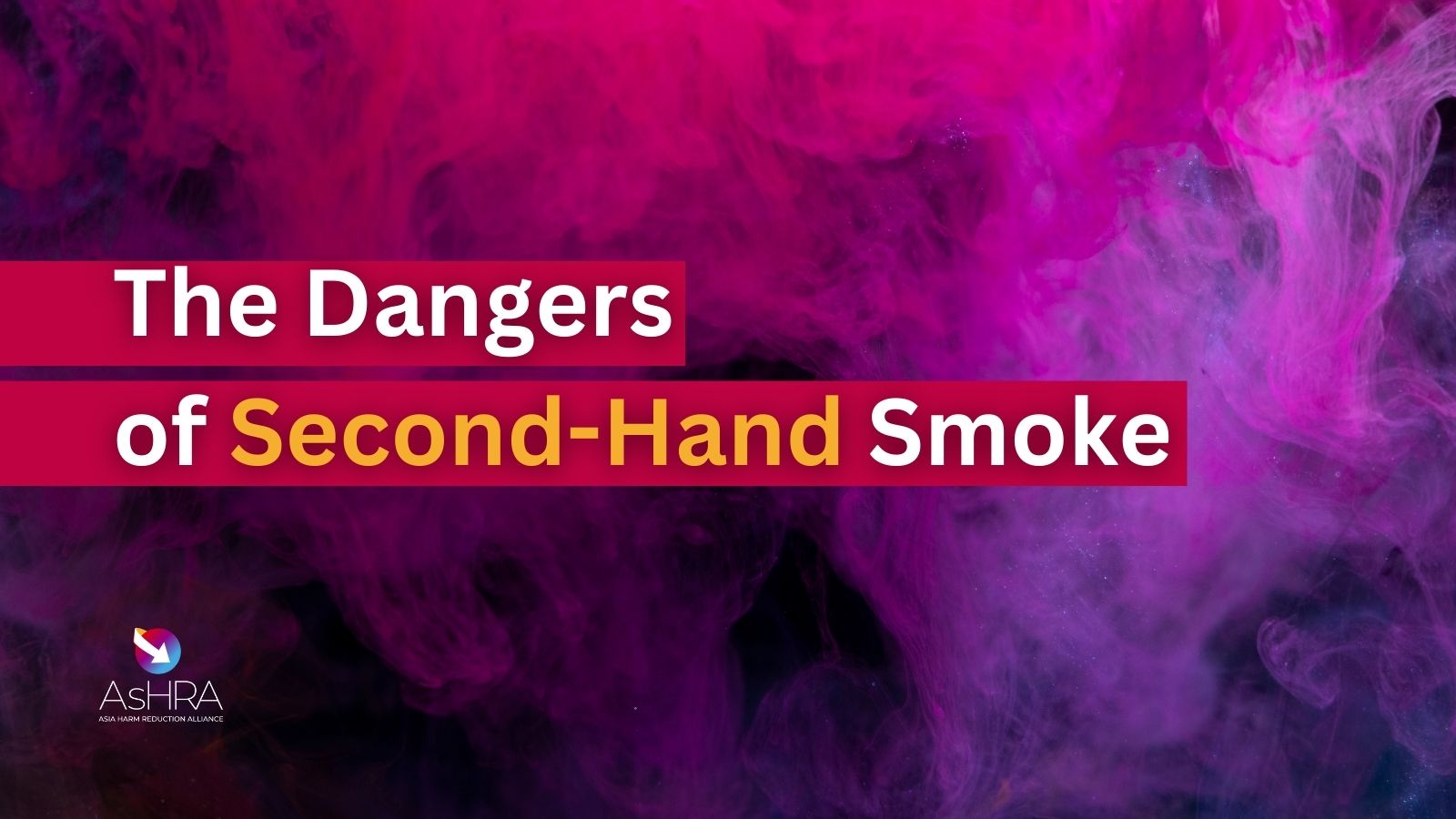Whether you are currently a smoker or have never smoked before, you have most likely encountered second-hand smoke and, therefore, need to know about its impact. While direct, first-hand smoke has greater adverse effects, second-hand smoke – also known as passive smoke – is more damaging and pervasive than you may think.
Consisting of both the smoker’s exhalation and the smoke from the tip of a lit cigarette, second-hand smoke is released into the air and can be inhaled by anyone in the vicinity – including non-smokers. In fact, when smoking, the majority of smoke ends up in the air rather than in the smoker’s lungs. Particularly in enclosed spaces, this smoke is then breathed in by others, causing an increased risk to a variety of diseases and conditions – as more than 250 of the 7,000 chemicals in tobacco smoke are harmful and around 70 are cancerous.

With no safe level of exposure and immediate effects, inhaling second-hand smoke can result in short-term (irritation, headaches, coughing) and long-term health effects. According to the NHS, the latter include a 20-30% increased risk of coronary heart disease, lung cancer and stroke, among other serious diseases and conditions.
Second-hand smoke is also dangerous in particular ways to pregnant women – who have an increased risk of pregnancy complications, such as a lower birth weight – and to children. Among children, whose lungs, airways and immunity are still being developed, second-hand smoke can cause asthma attacks, ear infections, respiratory infections and even sudden infant death syndrome – with estimates of 65,000 passive smoking related fatalities among children.
With around 1.3 million worldwide premature deaths related to passive smoking, a smoke-free environment is fast becoming a social need and a human right. As second-hand smoke cannot be directed away, it travels from room to room and can remain in the air for up to 5 hours, the only real solutions are to quit smoking and/or to switch to smoke- or tobacco-free alternatives on the journey towards smoking cessation. This includes tobacco pouches, patches, e-cigarettes – which research shows only releases ‘negligible amounts of nicotine into the atmosphere’ – and other such reduced harm alternatives to cigarettes.
Related Posts
 Time to support Filipino vape law, not relitigate it
Time to support Filipino vape law, not relitigate it
Time to support Filipino vape law, not relitigate it
 Greens’ Plan To Legalise Nicotine Vapes Lauded
Greens’ Plan To Legalise Nicotine Vapes Lauded
Greens’ Plan To Legalise Nicotine Vapes Lauded
 Taiwan Vaping Ban Disappointing For Its Many Smokers
Taiwan Vaping Ban Disappointing For Its Many Smokers
Taiwan Vaping Ban Disappointing For Its Many Smokers
More about
Alcohol Harm Reduction
More about





